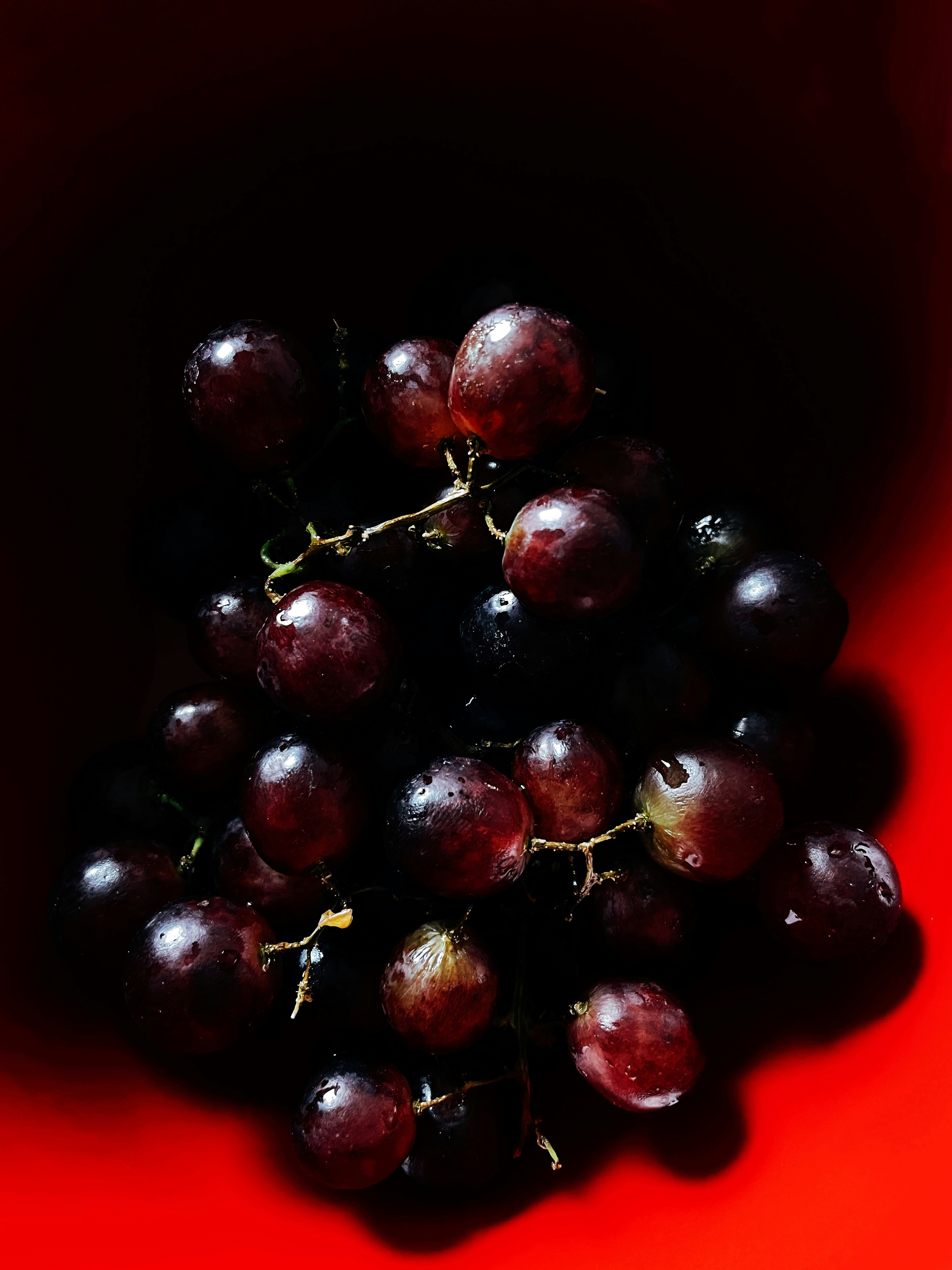BLOG
Wild fermentation vs. cultured yeast: why we choose natural

The unseen community in the cellar
Indigenous yeasts at work
During harvest, the cellar fills with indigenous yeasts that have lived for generations on grape skins and in the winery air. These natural populations guide fermentation in ways that are less predictable than cultured strains. Cultured yeasts, selected in laboratories, ensure speed and uniform results, but they reduce individuality. Wild yeasts behave differently. They evolve through waves of species, each adding subtle influence. This slower rhythm gives Pinot Noir its own sense of place. At China Girl, we trust these yeasts because they capture the vineyard in the glass. Every fermentation becomes unique, reflecting the history and ecosystem of Central Otago.
Control versus authenticity
Cultured yeasts are reliable. They ensure quick fermentation and consistent flavors. For large-scale production, this predictability is useful, but it creates uniform wines. Wild fermentation requires patience and vigilance. Different yeast strains succeed each other, adding texture, spice, and herbal tones. The outcome is less uniform but richer in character. At China Girl, we choose authenticity over control. The process is slower and riskier, but it protects the vineyard’s voice. By monitoring carefully, we avoid faults while keeping the individuality of each vintage. This approach ensures every bottle reflects natural conditions, not laboratory decisions, preserving true identity.

Technique and precision
Whole clusters and maceration
Our cellar team includes around 25 percent of whole clusters in each ferment. The stems bring tannins and spice, while intact berries encourage carbonic maceration, adding brightness and aromatic lift. Fermentations are held cool, between 22 and 24 °C, to preserve delicate floral notes. Daily punch-downs are done by hand, extracting color and structure without bitterness. Each tank is observed carefully for balance. These details ensure Pinot Noir develops depth and freshness while keeping finesse. They are not additions, they are choices to let wild fermentation guide the profile of the wine, keeping clarity and avoiding excess extraction.
Extended maceration and monitoring
As fermentation progresses, successive yeasts shape the wine. Saccharomyces appear early, bringing fruit and floral energy. Later, Brettanomyces adds herbal and earthy notes. Maceration is often extended for up to fourteen days after fermentation, giving tannins time to integrate slowly. This patience builds texture without harsh edges. Each tank is checked for sugar levels, acidity, and temperature to confirm balance. Interventions are minimal, limited to what is essential. By allowing wild yeasts to complete their cycle, the result is Pinot Noir with fine tannins, layered aromatics, and minerality. The process reflects both vineyard and cellar discipline.


The taste of natural fermentation
Flavor profile
Wild fermentation gives China Girl Pinot Noir complexity and nuance that cultured yeasts cannot deliver. The wine develops layers of raspberry, cranberry, and black tea. Dried herbs and subtle smokiness follow, supported by crystalline minerality from schist soils. No two tanks are identical, and this variation adds energy to each vintage. The profile is not designed, it is shaped by living organisms in the vineyard and cellar. For us, this reflects authenticity. For you, it means each glass carries flavors directly tied to place. The result is a Pinot Noir with clarity, freshness, and depth, all achieved without compromise.
Connection to place
Every sip of China Girl Pinot Noir is a reminder that wine is more than fruit and technique. It is a reflection of the environment that surrounds it. Indigenous yeasts belong to the vineyard and have been present for generations. They ensure that fermentation is not imposed but guided by nature. By working with them, we keep the link between grape, soil, and glass alive. This method demands more attention, but the reward is a wine that feels specific, not generic. Wild fermentation preserves the character of Central Otago, delivering Pinot Noir that speaks with honesty and precision.
